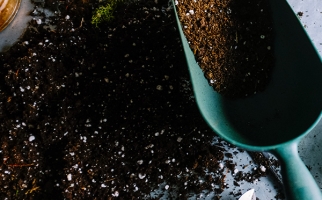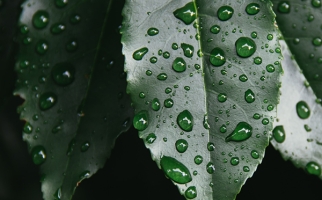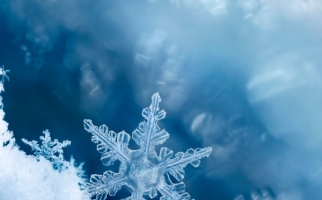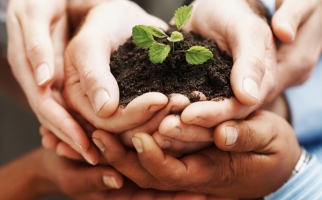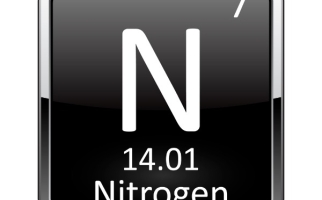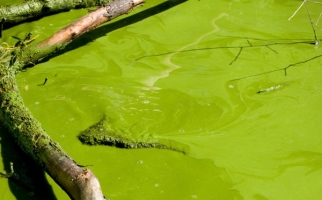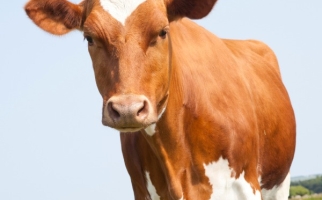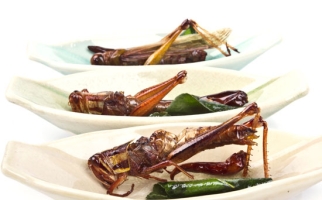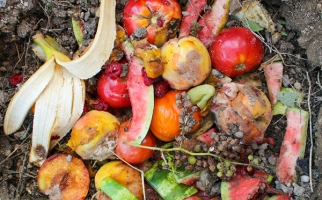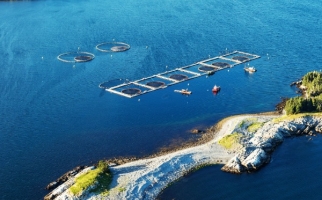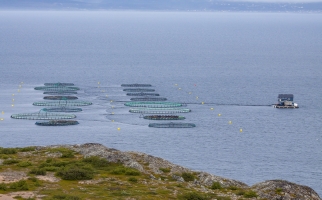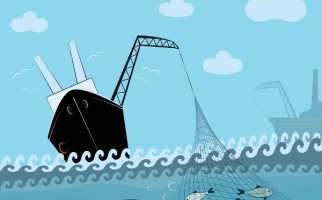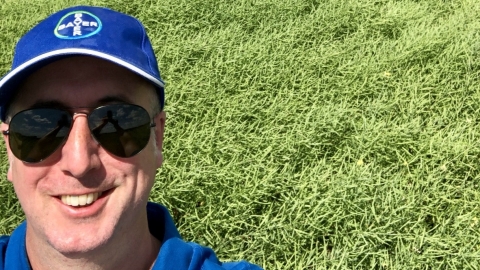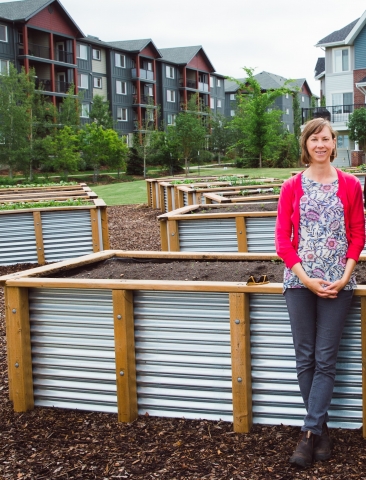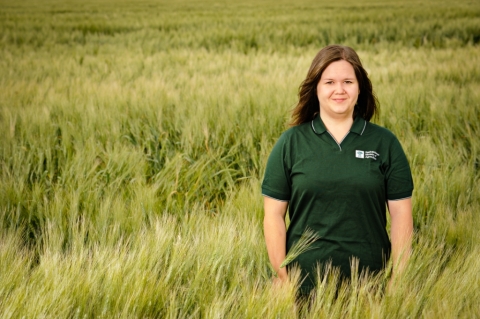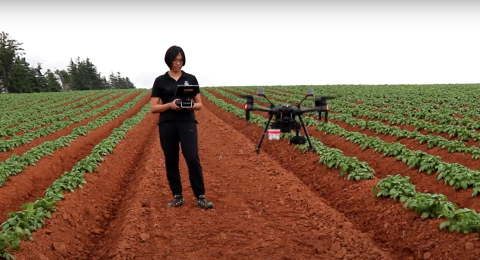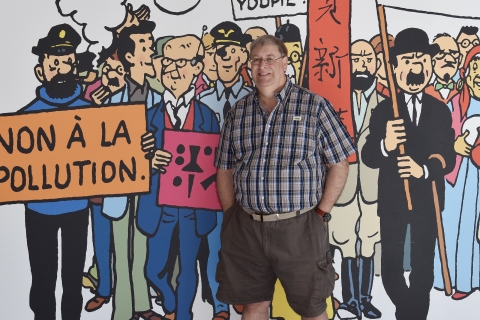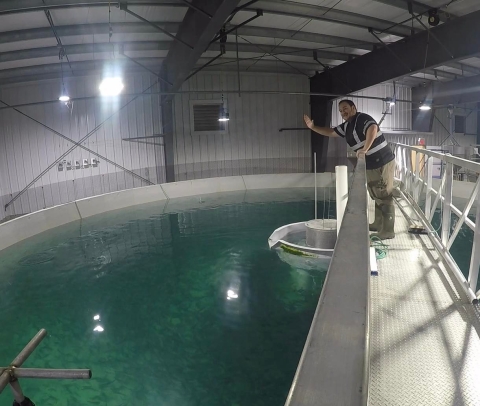
Let's Talk Food Resources
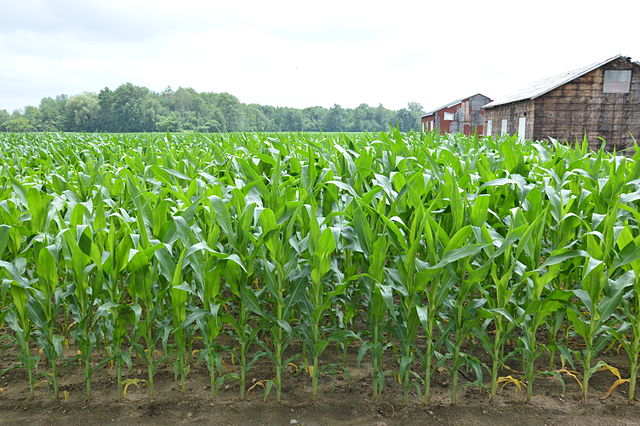
Corn field in Ontario (Source: Illustratedjc [CC BY-SA 3.0]via Wikimedia Commons).

Corn field in Ontario (Source: Illustratedjc [CC BY-SA 3.0]via Wikimedia Commons).
How does this align with my curriculum?
BC
9
Science Grade 9 (June 2016)
Big Idea: The biosphere, geosphere, hydrosphere, and atmosphere are interconnected, as matter cycles and energy flows through them.
BC
11
Earth Sciences 11 (June 2018
Big Idea: The transfer of energy through the atmosphere creates weather and is affected by climate change.
BC
11
Science for Citizens 11 (June 2018)
Big Idea: Scientific understanding enables humans to respond and adapt to changes locally and globally.
BC
12
Environmental Science 12 (June 2018)
Big Idea: Human activities cause changes in the global climate system.
NS
8
Science Grade 8 (2020)
Learners will evaluate oceanographic and other evidence of climate change inclusive of a Mi’kmaw perspective.
ON
11
Environmental Science, Grade 11, University/College (SVN3M)
Strand B: Scientific solutions to Contemporary environmental Challenges
YT
11
Earth Sciences 11 (British Columbia, June 2018
Big Idea: The transfer of energy through the atmosphere creates weather and is affected by climate change.
YT
12
Environmental Science 12 (British Columbia, June 2018)
Big Idea: Human activities cause changes in the global climate system.
YT
11
Science for Citizens 11 (British Columbia, June 2018)
Big Idea: Scientific understanding enables humans to respond and adapt to changes locally and globally.
YT
9
Science Grade 9 (British Columbia, June 2016)
Big Idea: The biosphere, geosphere, hydrosphere, and atmosphere are interconnected, as matter cycles and energy flows through them.
AB
5
Science 5 (2023)
Earth Systems: Understandings of the living world, Earth, and space are deepened by investigating natural systems and their interactions.
AB
6
Science 6 (2023)
Earth Systems: Understandings of the living world, Earth, and space are deepened by investigating natural systems and their interactions.
ON
11
Environmental Science, Grade 11, University/College (SVN3M)
Strand D: Sustainable Agriculture and Forestry
AB
10
Knowledge and Employability Science 10-4 (2006)
Unit D: Investigating Matter and Energy in Environmental Systems
AB
10
Science 14 (2003, Updated 2014)
Unit D: Investigating Matter and Energy in Environmental Systems
NU
10
Knowledge and Employability Science 10-4 (2006)
Unit D: Investigating Matter and Energy in Environmental Systems
NU
10
Science 14 (2003, Updated 2014)
Unit D: Investigating Matter and Energy in Environmental Systems
NT
10
Knowledge and Employability Science 10-4 (Alberta, 2006)
Unit D: Investigating Matter and Energy in Environmental Systems
NT
10
Science 14 (Alberta, 2003, Updated 2014)
Unit D: Investigating Matter and Energy in Environmental Systems
ON
11
Environmental Science, Grade 11, Workplace (SVN3E)
Strand E: Natural Resource science and Management
BC
11
Environmental Science 11 (June 2018)
Big Idea: Human practices affect the sustainability of ecosystems.
NS
7
Science Grade 7 (2020)
Learners will analyse the interconnectiveness of living things and the environment, in relation to the concept of Netukulimk.
YT
11
Environmental Science 11 (British Columbia, June 2018)
Big Idea: Human practices affect the sustainability of ecosystems.
ON
11
Environmental Science, Grade 11, University/College (SVN3M)
Strand C: Human Health and the environment
NU
1
K-6 Science and Technology Curriculum (NWT, 2004)
Life Systems: Characteristics and Needs of Living Things
NT
1
K-6 Science and Technology Curriculum (NWT, 2004)
Life Systems: Characteristics and Needs of Living Things
AB
1
Science 1 (2023)
Living Systems: Understandings of the living world, Earth, and space are deepened by investigating natural systems and their interactions.
AB
8
Career and Technology Foundations (CTF) (revised 2019)
CTF is exploring interests, passions and skills while making personal connections to career
possibilities.
AB
8
Career and Technology Foundations (CTF) (revised 2019)
CTF is working independently and with others while exploring careers and technology.
AB
9
Career and Technology Foundations (CTF) (revised 2019)
CTF is exploring interests, passions and skills while making personal connections to career
possibilities.
AB
9
Career and Technology Foundations (CTF) (revised 2019)
CTF is working independently and with others while exploring careers and technology.
BC
8
Career Education 8 (2016)
Big Idea: Our career paths reflect the personal, community, and educational choices we make.
BC
9
Career Education 9 (2016)
Big Idea: Our career paths reflect the personal, community, and educational choices we make.
BC
11
Career-Life Connections (2018)
Big Idea: Career-life development includes ongoing cycles of exploring, planning, reflecting, adapting, and deciding.
BC
12
Career-Life Connections (2018)
Big Idea: Career-life development includes ongoing cycles of exploring, planning, reflecting, adapting, and deciding.
BC
12
Career-Life Connections (2018)
Big Idea: Career-life decisions influence and are influenced by internal and external factors, including local and global trends.
BC
12
Career-Life Connections (2018)
Big Idea: Engaging in networks and reciprocal relationships can guide and broaden career-life awareness and options.
BC
12
Career-Life Connections (2018)
Big Idea: Lifelong learning and active citizenship foster career-life opportunities for people and communities.
BC
8
Career Education 8 (2016)
Big Idea: Reflecting on our preferences and skills helps us identify the steps we need to take to achieve our career goals.
BC
8
Career Education 8 (2016)
Big Idea: The value of work in our lives, communities, and society can be viewed from diverse perspectives.
BC
8
Career Education 8 (2016)
Big Idea: Achieving our learning goals requires effort and perseverance.
BC
11
Career-Life Connections (2018)
Big Idea: Career-life decisions influence and are influenced by internal and external factors, including local and global trends.
BC
11
Career-Life Connections (2018)
Big Idea: Engaging in networks and reciprocal relationships can guide and broaden career-life awareness and options.
BC
11
Career-Life Connections (2018)
Big Idea: Lifelong learning and active citizenship foster career-life opportunities for people and communities.
BC
9
Career Education 9 (2016)
Big Idea: Reflecting on our preferences and skills helps us identify the steps we need to take to achieve our career goals.
BC
9
Career Education 9 (2016)
Big Idea: The value of work in our lives, communities, and society can be viewed from diverse perspectives.
BC
9
Career Education 9 (2016)
Big Idea: Achieving our learning goals requires effort and perseverance.
MB
12
Grade 12 Career Development: Life/Work Transitioning (2017)
Unit 4: Job Seeking and Job Maintenance
MB
9
Grade 9 Career Development: Life/Work Exploration (2017)
Unit 5: Career and Community Experiences
MB
10
Grade 10 Career Development: Life/Work Planning (2017)
Unit 4: Job Seeking and Job Maintenance
MB
10
Grade 10 Career Development: Life/Work Planning (2017)
Unit 5: Career and Community Experiences
MB
11
Grade 11 Career Development: Life/Work Building (2017)
Unit 4: Job Seeking and Job Maintenance
MB
11
Grade 11 Career Development: Life/Work Building (2017)
Unit 5: Career and Community Experiences
MB
12
Grade 12 Career Development: Life/Work Transitioning (2017)
Unit 5: Career and Community Experiences
ON
11
Communications Technology, Grade 11 University/College Preparation (TGJ3M) (2009)
Strand D: Professional Practices and Career Opportunities
ON
12
Communications Technology, Grade 12 (TGJ4M) (2009)
Strand D: Professional Practices and Career Opportunities
ON
11
Computer Engineering Technology, Grade 11, University/College Preparation (TEJ3M) (2009)
Strand D: Professional Practices and Career Opportunities
ON
12
Computer Engineering Technology, Grade 12, University/College Preparation (TEJ4M) (2009)
Strand D: Professional Practices and Career Opportunities
ON
11
Transportation Technology, Grade 11, College Preparation (TTJ3C) (2009)
Strand D: Professional Practices and Career Opportunities
ON
12
Transportation Technology, Grade 12, College Preparation (TTJ4C) (2009)
Strand D: Professional Practices and Career Opportunities
ON
11
Manufacturing Engineering Technology, Grade 11, University/College Preparation (TMJ3M) (2009)
Strand D: Professional Practices and Career Opportunities
ON
12
Manufacturing Engineering Technology, Grade 12, University/College Preparation (TMJ4M) (2009)
Strand D: Professional Practices and Career Opportunities
ON
11
Hospitality and Tourism, Grade 11, College Preparation (TFJ3C)(2009)
Strand D: Professional Practices and Career Opportunities
ON
12
Hospitality and Tourism, Grade 12, College Preparation (TFJ4C) (2009)
Strand D: Professional Practices and Career Opportunities
ON
11
Health Care, Grade 11, University/College Preparation (TPJ3M) (2009)
Strand D: Professional Practices and Career Opportunities
ON
12
Health Care, Grade 12, University/College Preparation (TPJ4M) (2009)
Strand D: Professional Practices and Career Opportunities
ON
11
Hairstyling and Aesthetics, Grade 11, Workplace Preparation (TXJ3E) (2009)
Strand D: Professional Practices and Career Opportunities
ON
12
Hairstyling and Aesthetics, Grade 12, Workplace Preparation (TXJ4E) (2009)
Strand D: Professional Practices and Career Opportunities
ON
11
Green Industries, Grade 11, University/College Preparation (THJ3M) (2009)
Strand D: Professional Practices and Career Opportunities
ON
12
Green Industries, Grade 12, University/College Preparation (THJ4M) (2009)
Strand D: Professional Practices and Career Opportunities
ON
9
Exploring Technologies, Grade 9, Open (TIJ1O) (2009)
Strand D: Professional Practices and Career Opportunities
ON
11
Construction Engineering Technology, Grade 11, College Preparation (TCJ3C) (2009)
Strand E: Professional Practices and Career Opportunities
ON
12
Construction Engineering Technology, Grade 12, College Preparation (TCJ4C) (2009)
Strand E: Professional Practices and Career Opportunities
YT
8
Career Education 8 (2016)
Big Idea: Our career paths reflect the personal, community, and educational choices we make.
YT
8
Career Education 8 (2016)
Big Idea: Reflecting on our preferences and skills helps us identify the steps we need to take to achieve our career goals.
YT
8
Career Education 8 (2016)
Big Idea: The value of work in our lives, communities, and society can be viewed from diverse perspectives.
YT
8
Career Education 8 (2016)
Big Idea: Achieving our learning goals requires effort and perseverance.
YT
9
Career Education 9 (2016)
Big Idea: Reflecting on our preferences and skills helps us identify the steps we need to take to achieve our career goals.
YT
9
Career Education 9 (2016)
Big Idea: The value of work in our lives, communities, and society can be viewed from diverse perspectives.
YT
9
Career Education 9 (2016)
Big Idea: Our career paths reflect the personal, community, and educational choices we make.
YT
9
Career Education 9 (2016)
Big Idea: Achieving our learning goals requires effort and perseverance.
YT
11
Career-Life Connections (2018)
Big Idea: Career-life development includes ongoing cycles of exploring, planning, reflecting, adapting, and deciding.
YT
11
Career-Life Connections (2018)
Big Idea: Career-life decisions influence and are influenced by internal and external factors, including local and global trends.
YT
11
Career-Life Connections (2018)
Big Idea: Engaging in networks and reciprocal relationships can guide and broaden career-life awareness and options.
YT
11
Career-Life Connections (2018)
Big Idea: Lifelong learning and active citizenship foster career-life opportunities for people and communities.
YT
12
Career-Life Connections (2018)
Big Idea: Career-life development includes ongoing cycles of exploring, planning, reflecting, adapting, and deciding.
YT
12
Career-Life Connections (2018)
Big Idea: Career-life decisions influence and are influenced by internal and external factors, including local and global trends.
